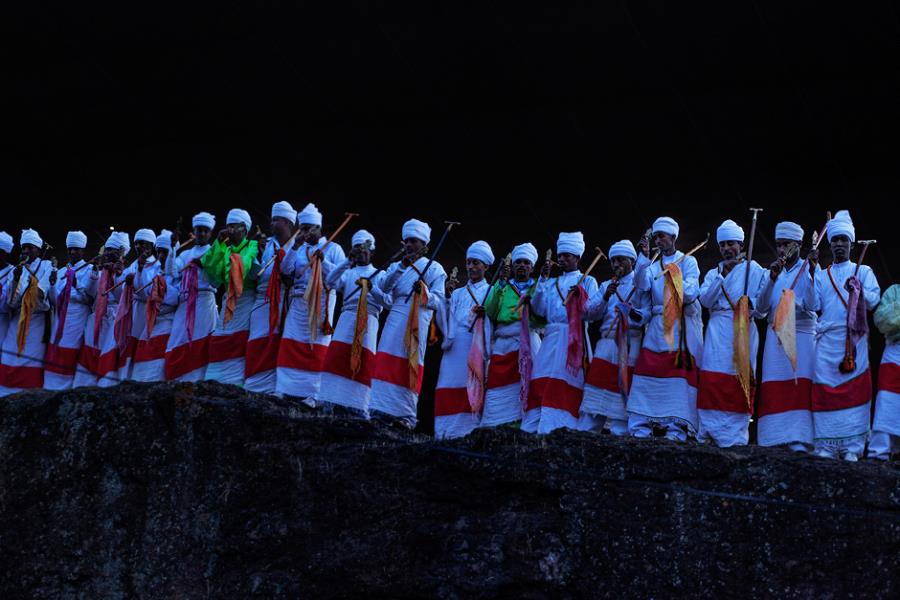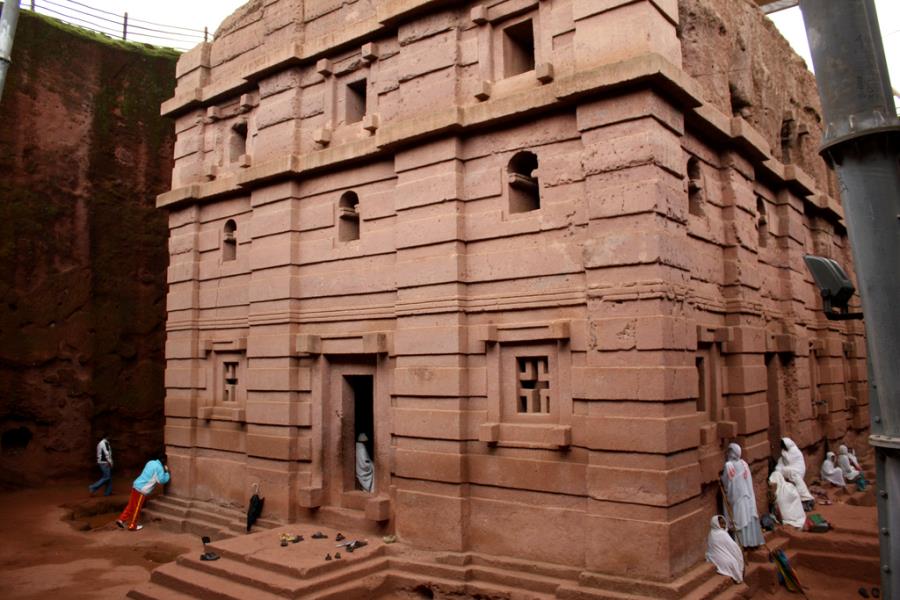This massive complex of churches, hewn out of rose-pink rock, is a feat of 12th-century ingenuity and sheer willpower. Walking into one of the churches amid the eerily-beautiful chanting of priests will be an abiding memory of Ethiopia. A trekking network allows hikers a cultural insight into village life as well as the chance to see rarely visited churches.
Things to see and do
Historical journey in time from 10th BC to present civilization
Surreal and otherworldly, the Danakil Depression is one of the lowest and hottest places on Earth, coming in at 100m (328 ft) below sea-level with temperatures that regularly top 50°C (122°F). This geological wonderland is a magical place of Dali-esque landscapes featuring vistas of swirling orange twisted rock, lava lakes, and fiercely traditional nomads.
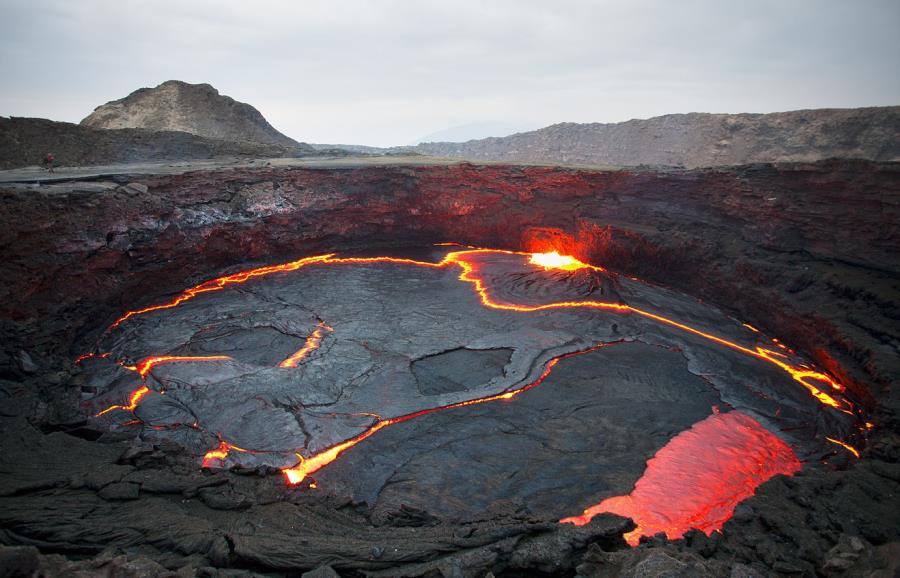
The name is a local in-joke; the crocodiles of Lake Chamo aren’t for sale and are very much alive and well, sunning themselves on the banks of the lake and gliding through the water. Afternoon boat trips on the lake, where you can see these massive creatures up close and personal (and maybe hippos too) are a must.
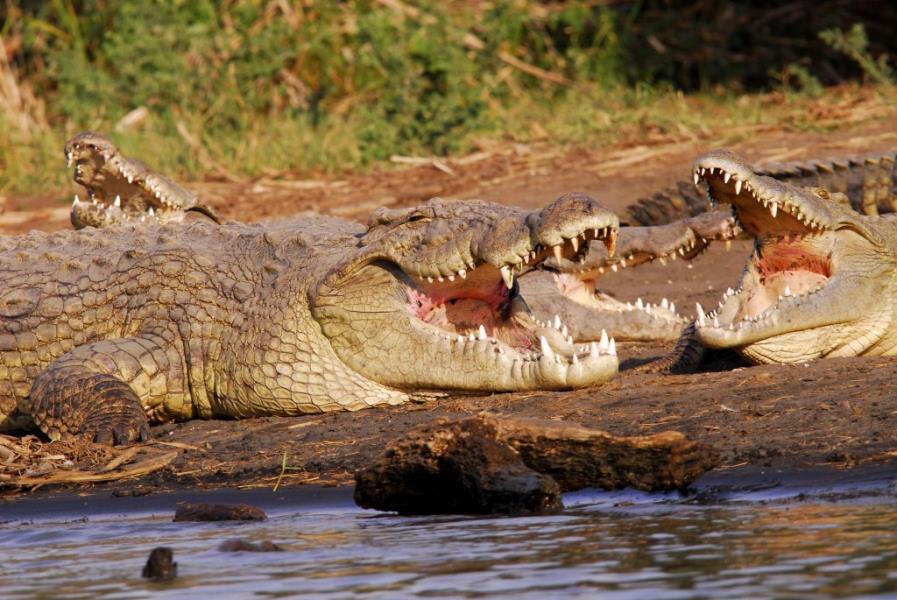
Carved into the surrounding cliffs, the remote churches and monasteries of the Tigray region are a fascinating look into religious life that has remained largely unchanged for centuries. The scenery here is ruggedly beautiful and some of the monasteries are so precariously positioned they are reached by ladders and ropes, making the region’s rugged beauty all the more inspiring.
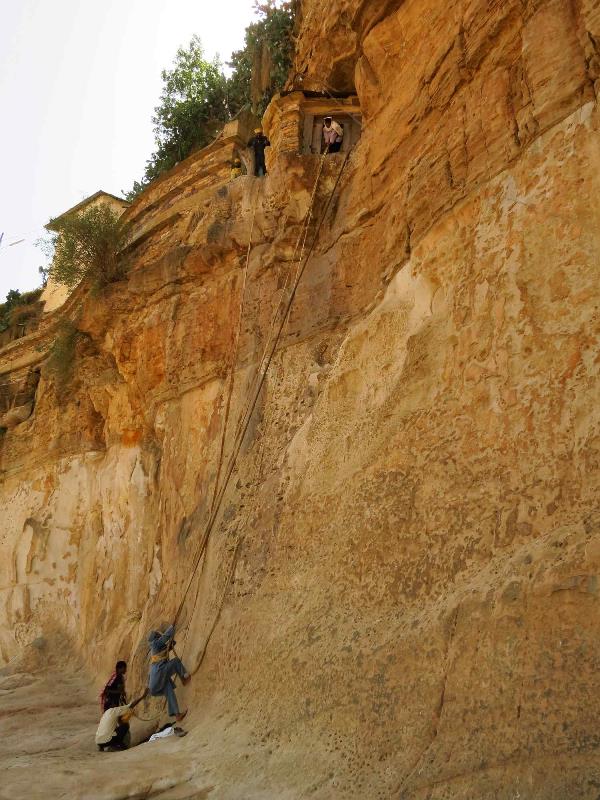
Lake Tana is one of Ethiopia’s most fascinating places. Fishermen glide across the shimmering lake surface in traditional papyrus boats, while its islands are home to priestly communities and their ancient, round thatched monasteries decorated with dazzling biblical murals. Not far away are the impressive Blue Nile Falls, best visited in August and September after the rainy season.
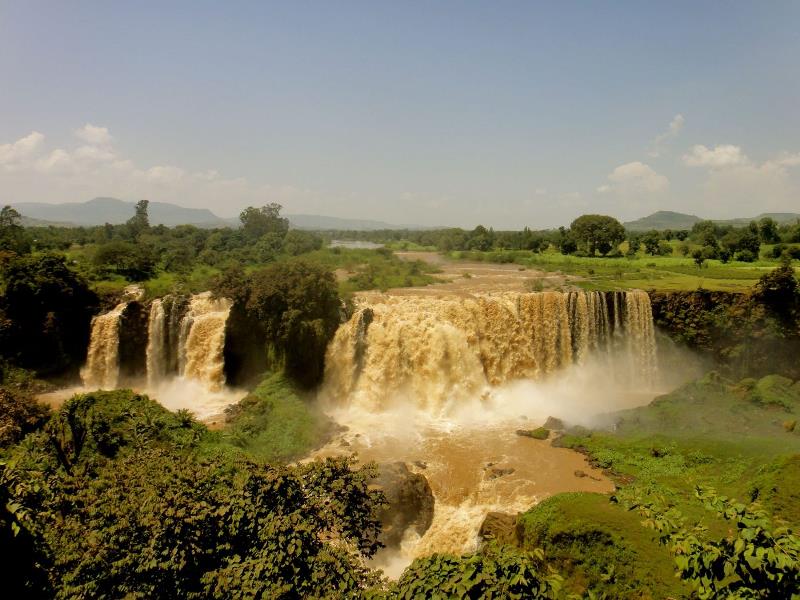
This high altitude city, at 2,440m (8,005 ft), hides a multitude of charms. Though sprawling and dusty, it is a place where flash cars still have to stop for shepherds herding their flocks across the roads. Both the Ethnographic Museum and the National Museum are fascinating, while St George’s Cathedral and Museum showcases the pomp and finery of Ethiopia’s orthodox faith.
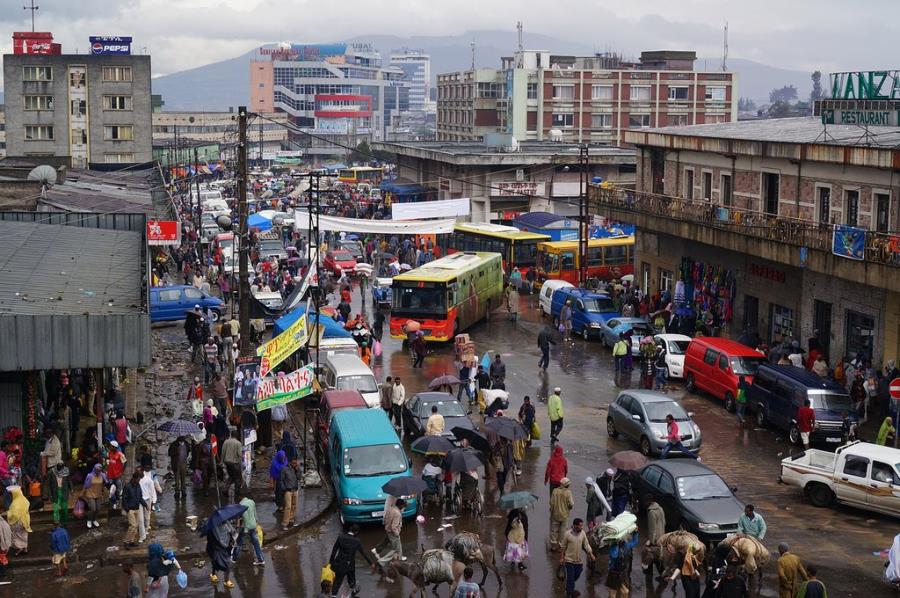
The historic walled city of Harar is a labyrinth of dusty alleyways. Once the commercial hub between Arabia and Africa, legendary tales led both explorer Richard Burton and French poet Rimbaud here. Today Harar oozes a lost-in-time ambience that enchants all who visit. The hyena feeding ritual, which takes place every evening, on its outskirts, adds to this appeal.
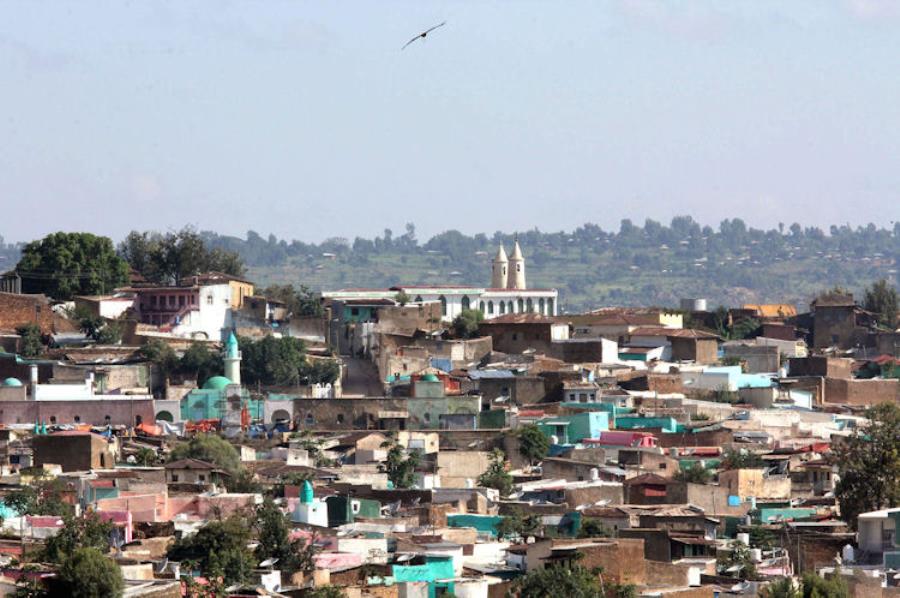
Trekking along the escarpment, surrounded by jagged pinnacles, with the slash of the Great Rift Valley tumbling down before you is one of the finest panoramas on the continent. This is also the home of Gelada ‘bleeding heart’ baboons. Coming face-to-face with a troop of them while ambling along is almost guaranteed.
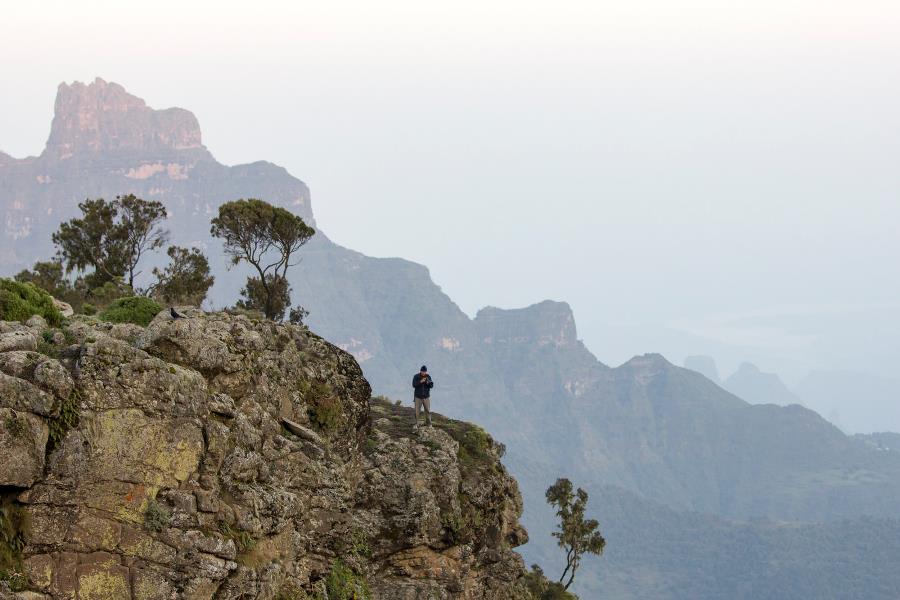
According to folklore Aksum was once home to the Queen of Sheba and, today, the Ark of the Covenant’s final resting place. The Aksumite Obelisks of the Northern Stelae Field are the main attraction but you can also peek across the wall within the St Mary of Zion Church Complex to see the chapel where the Ark is supposedly kept.
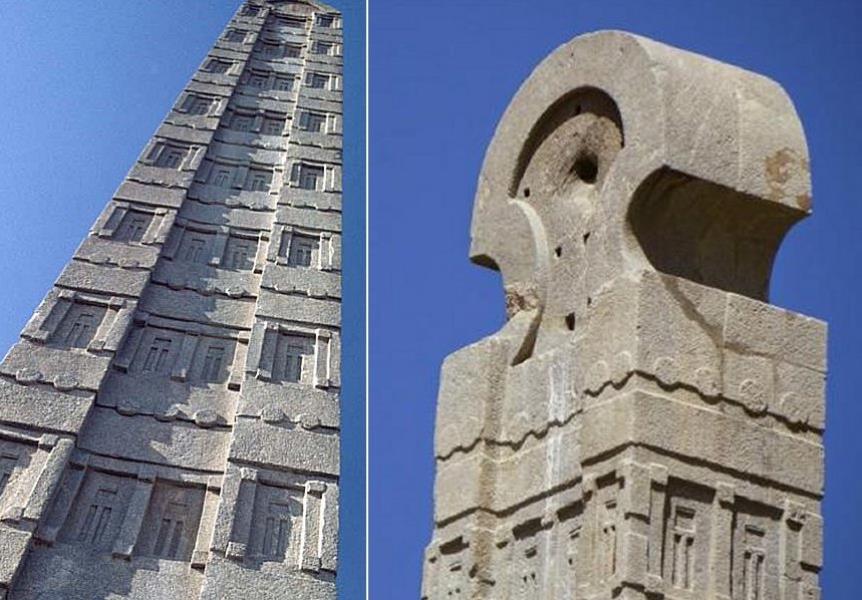
The Lower Omo Valley is home to 16 culturally distinct tribes including the Hamer (famed for their ornate hairstyles) and the Mursi (known for the lip plates female tribe members wear). Market days – when people from all tribes flock to the region’s towns – a re a colourful and fascinating experience.
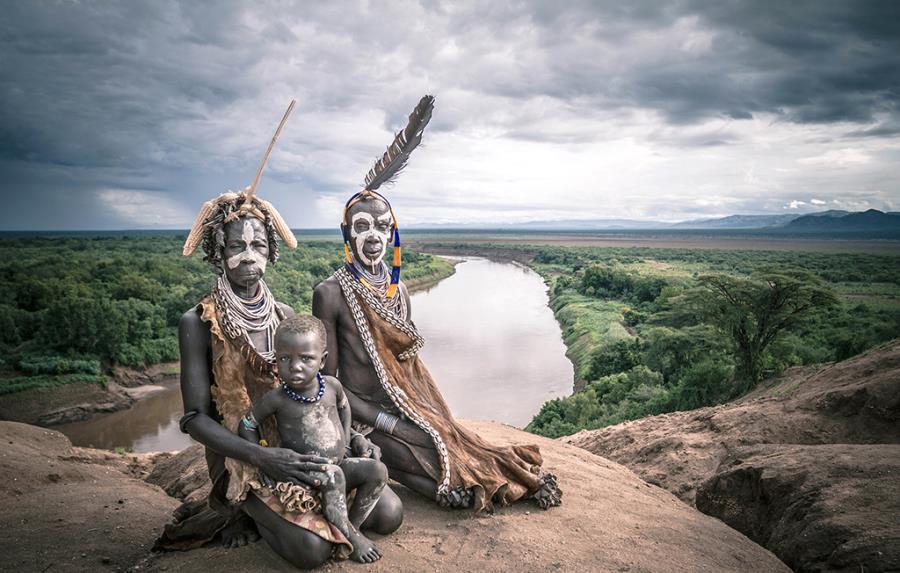
Despite modernity’s slow encroachment, the Konso people have stayed true to their cultural heritage, proudly preserving their unique maze-like village architecture and way of life. Some of the top places to visit in the region are the town of Konso itself and the villages of Busso and Machekie.
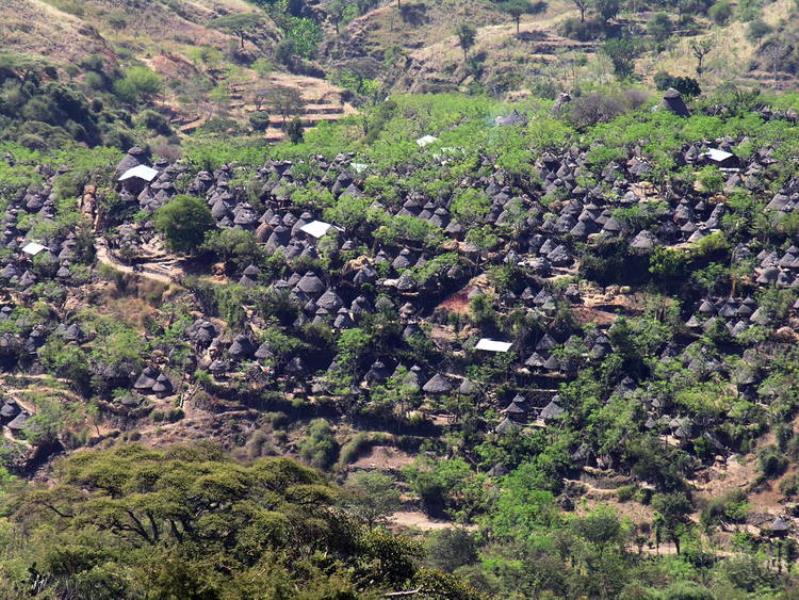
An easy daytrip from the walled city of Harar, tracking elephants on foot is the major highlight of a visit to Babile, though the sanctuary is also home to plentiful birdlife, gazelles, and rarely-seen lions, leopards and cheetahs. Gorges give way to rocky outcrops and tree-studded grassland home to more than a quarter of Ethiopia’s elephant population.

The Bale Mountains offers hikers and horse riders high-altitude mountain scenery and is also home to a national park of the same name. The circuit, with a well-organised series of lodges along the way, passes through remote villages, high grasslands and dense forest, with great wildlife spotting potential.
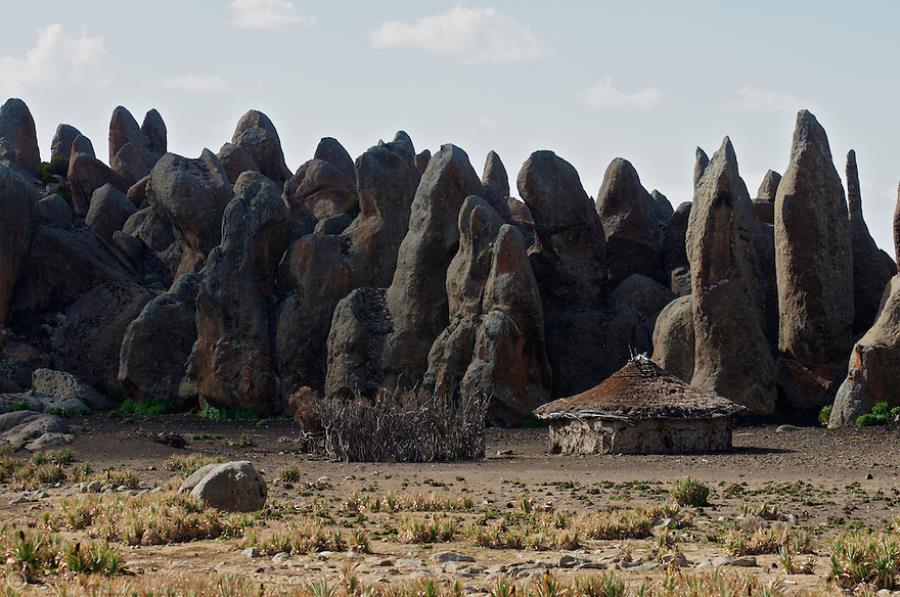
Africa’s own fairy tale castles are testament to the wealth and whimsy of Emperor Fasiladas who made Gondar his capital in the 17th century. Now a museum complex, this UNESCO World Heritage Site is an enthralling peek into the pageantry of the past and the last days of Ethiopia’s still revered emperors, which only ended in 1974.
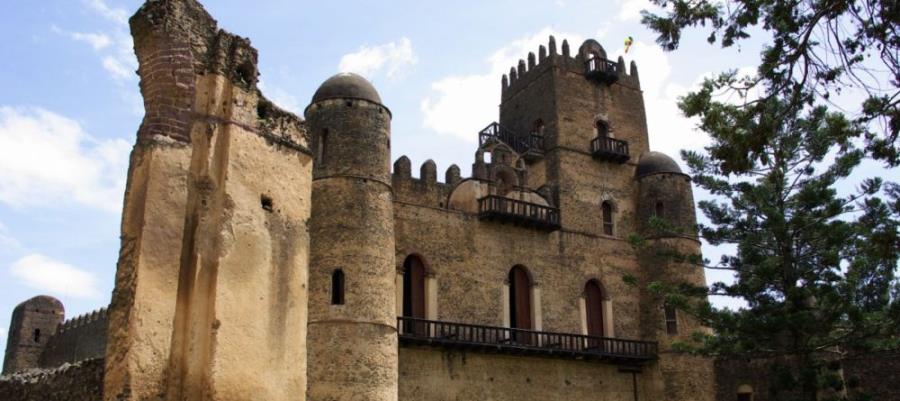
Ethiopian festivals are certainly worth planning a trip around. Mostly religious, festivals generally last several days. Orthodox Christian festivals are the most prominent and visible in Ethiopia, and are celebrated according to the Ethiopian calendar (Julian). For example, Ethiopian Christmas (known as Ganna) is celebrated on January 7th, rather than December 25th. Enkutatash, the Ethiopian New Year, is celebrated on September 11th. If you’re keen to experience Ethopian festivities at their most colorful, consider planning your trip around Meskel or Timket.
